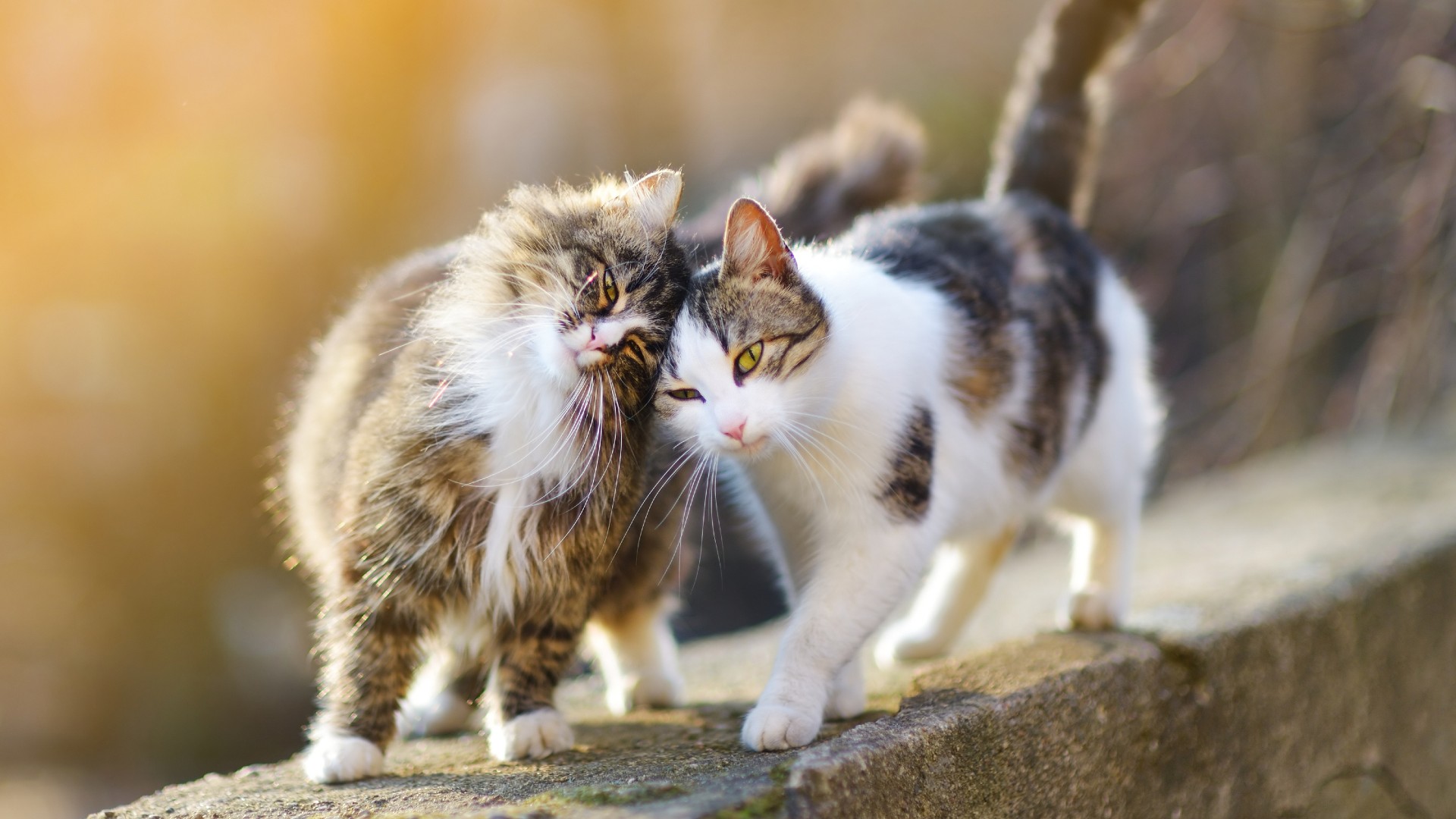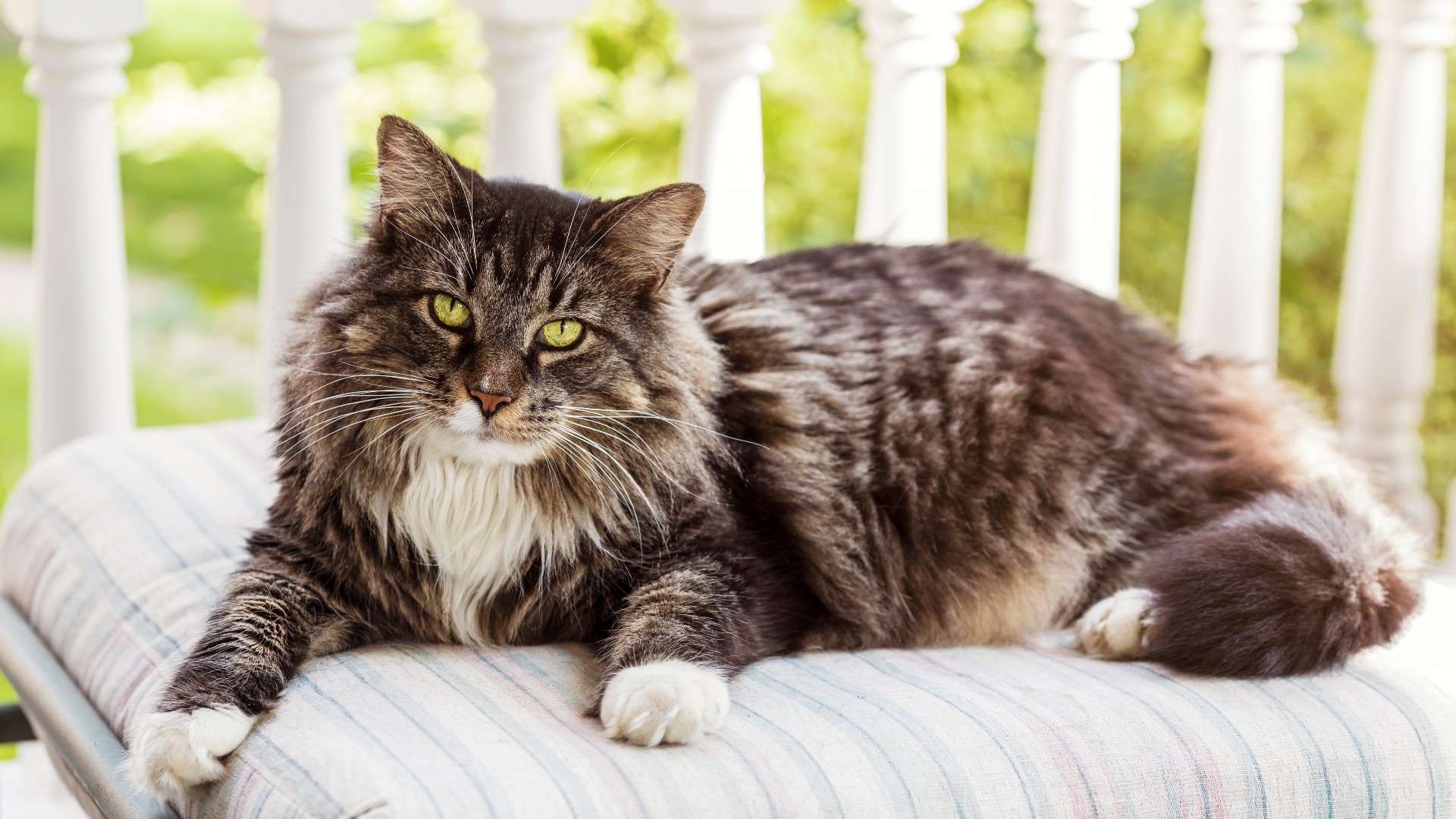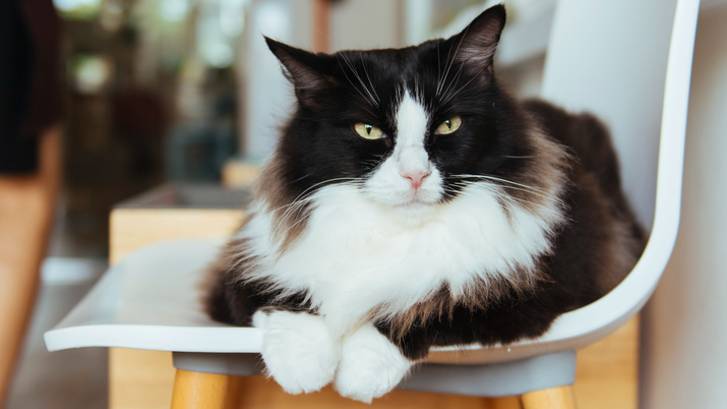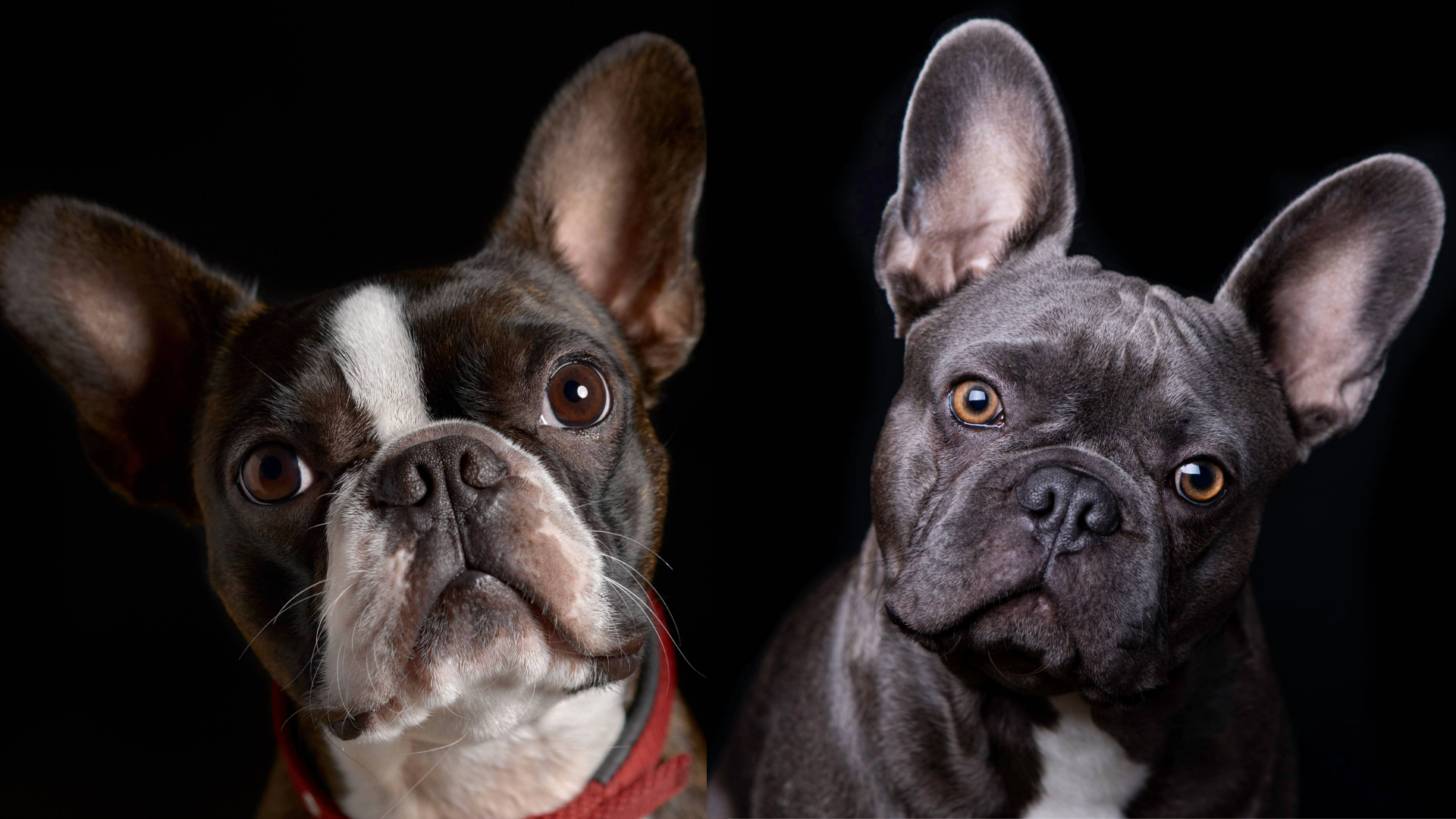How many cat breeds are there?
How many cat breeds are there? Just like our feline friends, the answer has an air of mystery to it!

How many cat breeds are there? Well, if you’re in the middle of researching that question because you’re wanting to find the right feline friend to welcome into your family, you’ll be pleased to learn that just like the best dry cat food, there are plenty of options when it comes to the number of recognized cat breeds that you have to choose from.
Unlike dogs, the cats we know and love today still bear a striking genetic resemblance to the wild cats that roamed through small villages and farms thousands of years ago. Because cats have never been bred to perform different tasks in the way dogs have, the variations between each are much more subtle.
When it comes to how many cat breeds there are, it will likely come as no surprise that the exact number is as mysterious as our feline friends themselves. Some associations recognize as few as 45 breeds, while others list a whopping 73 - we’ll go into more detail below about the potential reasons for this discrepancy.
The good news is, whether you’re looking for a highly vocal and outgoing kitty or a calm and affectionate four-pawed pal, you’ll find that the sheer volume of cat breeds means you’re guaranteed to find the right fur baby for you.
How many cat breeds are there?
When it comes to figuring out how many cat breeds there are, the number will vary depending on the source you use. For example, the Cat Fanciers’ Association (CFA) recognizes 45 breeds, The International Cat Association (TICA) recognizes 73, and the Fédération Internationale Féline recognizes 48 different breeds that they’ve broken down into four categories.
So, what exactly is behind the variation in numbers? Well, a lot of it has to do with the fact that various associations qualify cat breeds in different ways. Hybrid breeds or those with controversial genetics may be disqualified from the list by some associations. An example of this is the Munchkin, which is recognized by TICA but not by the CFA. That’s likely due to this breed's short legs, which make it much harder for it to jump and climb.
You’ll also find that some associations list several different cats under one classification and others won’t accept a breed onto the registry until their lineage can be traced back a certain number of generations.
The three types of cats

Cat breeds fall into three different types - natural, cross-bred, and mutated. Natural breeds evolved on their own without any human intervention and can be traced back thousands of years. Well-known examples of natural breeds include the Abyssinian, Burmese, Maine Coone, and the Norwegian Forest cat.
Cross-breeds involve the intentional breeding of two or more established lines. Many of the most beloved cross-breeds in the world actually originated by crossing a particular cat with the Siamese breed. These include the American Bobtail, Himalayan, and the Tonkinese.
Mutated cats are the result of a single kitten that was born with an interesting genetic quirk, such as short legs or a lack of fur, that a breeder wished to see continue in future litters. The Scottish Fold is perhaps our personal favorite when it comes to a mutated breed, but this category also includes the Sphynx and Devon Rex.
What is the rarest cat breed?
Just like there’s a degree of discrepancy around the number of cat breeds, there’s also some debate about which cat breed can officially be awarded the crown for being the rarest in the world. That being said, we can use each association's registry to gain some insight into which cats are most and least frequently registered.
Since it began in 1906, the CFA have registered just 6,700 Egyptian Mau cats, easily qualifying them as being one of the rarest breeds. The Turkish Van is another top contender, with just 100 of these cats being born in the USA each year. Other rare breeds include the Minskin, Norwegian Forest Cat, and Kurilian Bobtail.
But if we had to award the title to one breed? Well, according to the Governing Council of the Cat Fancy, the crown goes to the Sokoke cat, whom they believe to be the rarest domestic cat in the world. Originating in Kenya, these felines are known for their peace-loving natures and playful and intelligent temperament.
What is the most popular cat breed?
While it might be somewhat tricky to get exact numbers when it comes to how many cat breeds there are and which are the rarest, what’s much clearer is which breeds are the most popular amongst feline pet parents.
The CFA has once again determined the answer to this question based on registrations, and while their list of the top 10 most popular cat breeds reveals which continue to increase in popularity, they report that registrations for all cat breeds have increased substantially since the beginning of the pandemic.
So, which cat takes out the number one spot? Well, there’s probably no surprise here that it’s the laid-back, sweet-tempered Ragdoll, which is a family favorite thanks to its loving and affectionate nature.
Rounding out the top five is the gentlest of all giants, the Maine Coone, followed by the Exotic, the Persian, and the Devon Rex. Other cat breeds to make the list include the British Shorthair, Abyssinian, American Shorthair, and Scottish Fold.
But regardless of whether you have your eye on a rare kitty or a feline that's a little more popular, there are training tasks you'll need to undertake as a pet parent that apply to all breeds. Our guides to how to litter train a kitten and how to socialize a kitten can help set your beloved ball of fluff up for success, both now and in the future, by assisting them in learning the behaviors that are expected of them as a member of your family.
How to identify what kind of breed your cat is

Although there are between 45 and 73 registered cat breeds, most cats are mixed breed, meaning they choose their own mate and are not under controlled breeding, as opposed to purebred - those cats that have been selectively bred for certain traits.
If you adopt a cat from a shelter or one simply turns up on your doorstep, you may be wondering what breed they are. To help you identify your feline friend, pay close attention to:
- Size
- Fur colors and patterns
- Hair length
- Face shape
- Tail length
- Ear shape and features
- Eye color
- Behavior and personality
All of the above can help to narrow down the breed that your kitty may belong to, but the only way to know for sure is to get a feline DNA test. The results of the test will not only shed light on their breed, but will also reveal other important genetic information, including what health conditions your fur friend may potentially be at risk for.
Which cat breed is right for you?
Just like humans, all cats are unique. That being said, each breed is known for having a typical disposition and certain character traits, which are likely to be present to one degree or another. With that in mind, it’s important to do some research before welcoming a feline into your family to ensure you’re getting one that is the best fit for your needs and lifestyle.
We recommend considering how you spend your days and what your home environment is like, as well as thinking about how you envisage a cat fitting into your life. For example, what does a typical day look like for you? Are you out all day or do you work from home? Do you have a big family? Is your home quiet or busy? Do you like cuddling on the couch or do you prefer to be active? Answering these questions will help you to choose the right cat for your personality.
If you’re mellow and introverted, then the quiet, go-with-the-flow British Shorthair will love curling up next to you while you devour a novel. If you’re full of energy, the Japanese Bobtail will be all too happy to chase after the best cat toys. And if you adore affection, it’s going to be hard to go past the big ball of love that is the Maine Coone.
Still not sure which breed would make the best feline friend for you? We’re huge fans of Purina’s cat breed selector tool, which asks you a series of questions and uses your answers to generate a list of cats that are likely to be your ideal match.
Once you’ve decided on the purr-fect kitty, be sure to check out our guide to adopting a kitten which has plenty of tips to help you prepare for your new cat.
PetsRadar Newsletter
Get the best advice, tips and top tech for your beloved Pets

Kathryn is a freelance writer who has been a member of the PetsRadar family since it launched in 2020. Highly experienced in her field, she's driven by a desire to provide pet parents with accurate, timely, and informative content that enables them to provide their fur friends with everything they need to thrive.
Kathryn works closely with vets and trainers to ensure all articles offer the most up-to-date information across a range of pet-related fields, from insights into health and behavior issues to tips on products and training.
When she’s not busy crafting the perfect sentence for her features, buying guides and news pieces, she can be found hanging out with her family (which includes one super sassy cat and a kitten), drinking copious amounts of Jasmine tea and reading all the books.
She has written for a range of publications, including Fit&Well, Top Ten Reviews, LiveScience, Goodto, and Product Hunt.
